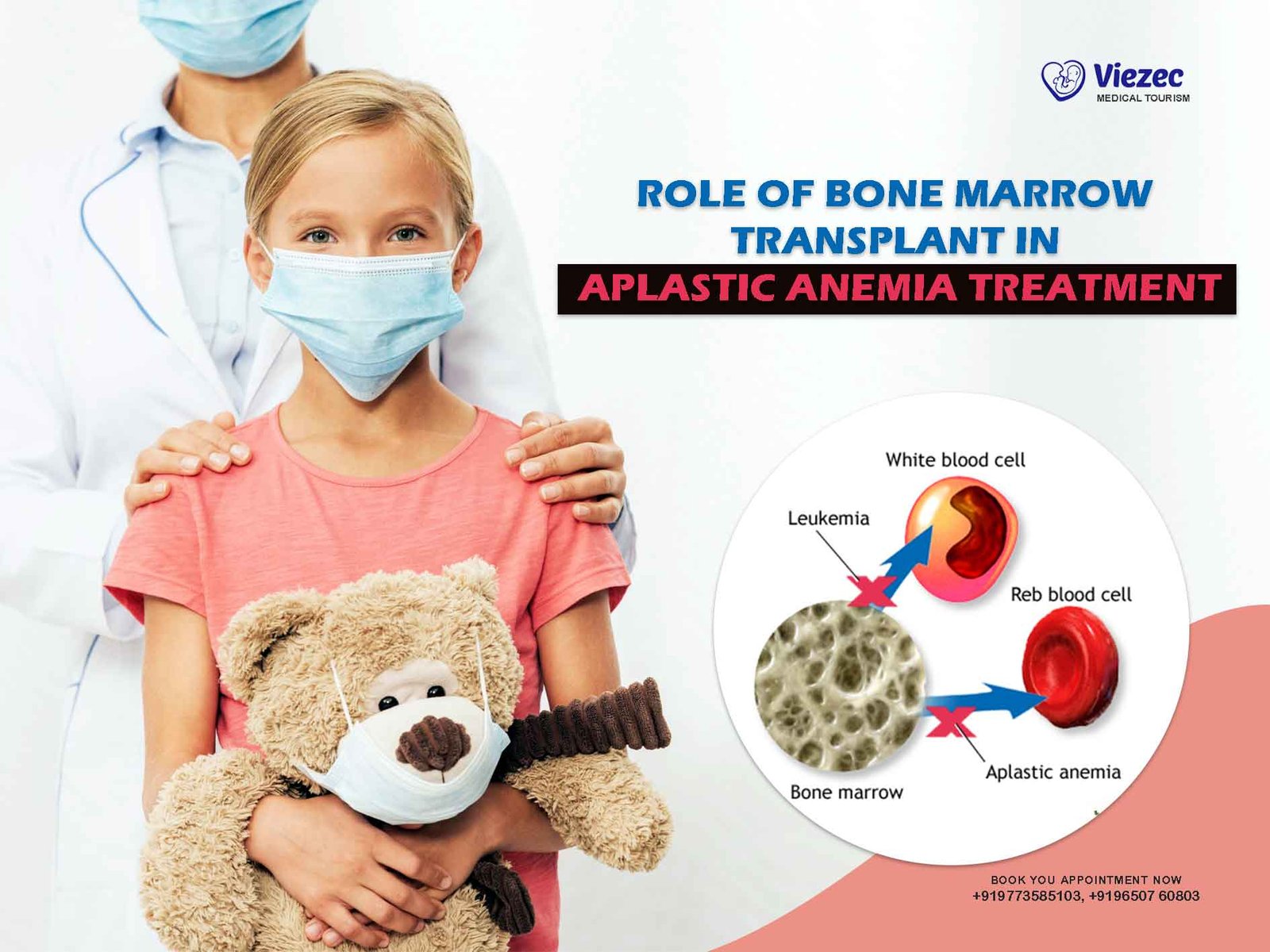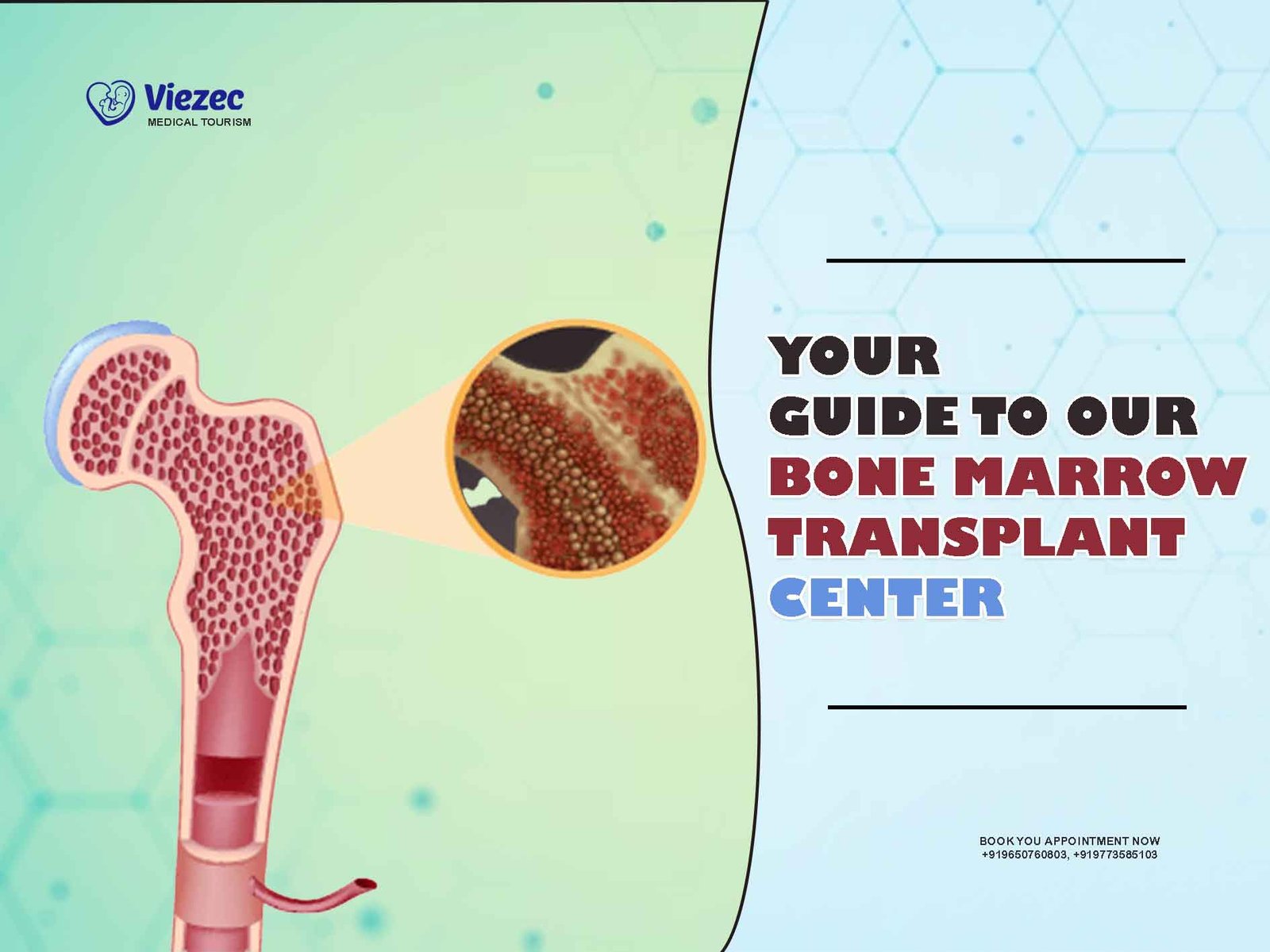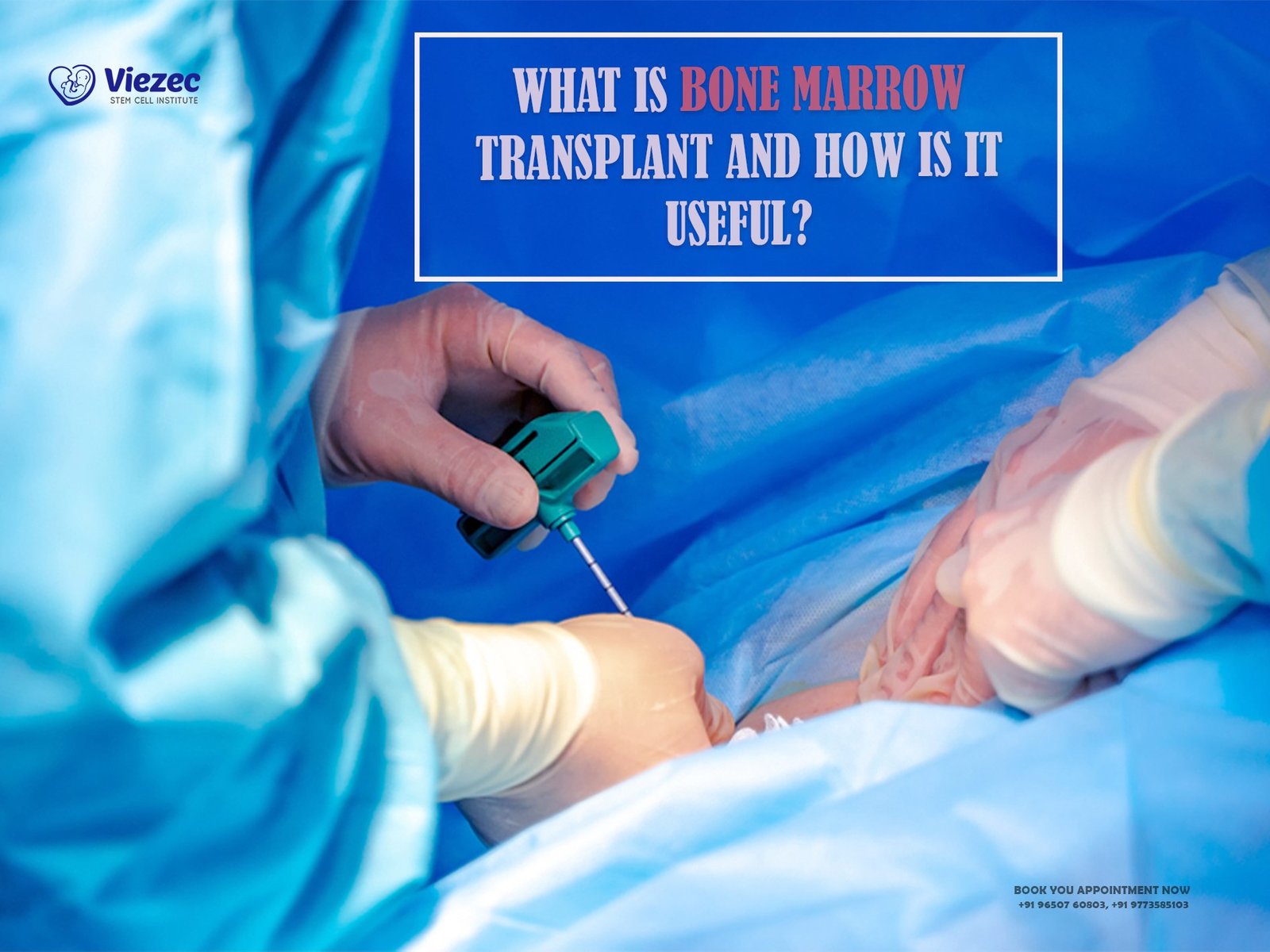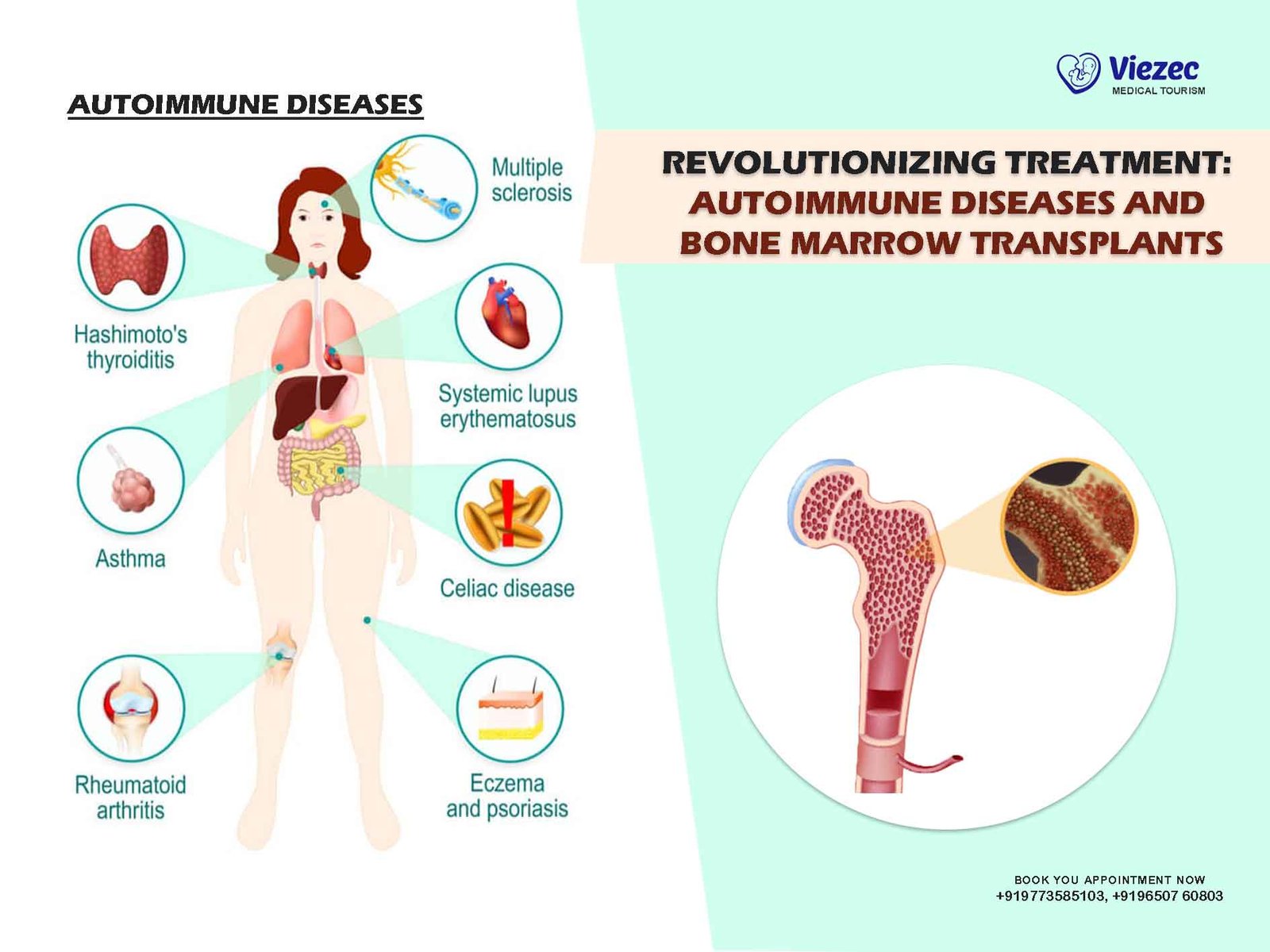In a world where medical advancements continue to push boundaries, one of the most profound ways individuals can make a tangible impact on someone’s life is by becoming a bone marrow stem cell donor. Bone marrow transplants can be life-saving for those battling various blood disorders and cancers like leukemia, lymphoma, and sickle cell anemia. However, finding a compatible donor can be challenging, especially for patients from diverse ethnic backgrounds. This is where the generosity of donors becomes critical. In this comprehensive guide, we’ll delve into the process of becoming a bone marrow stem cell donor, the impact it can have, and how you can make a difference.
Understanding Bone Marrow Donation
What is Bone Marrow?
Bone marrow is the spongy tissue found inside bones, primarily in the hip and thigh bones. It plays a crucial role in producing blood cells, including red blood cells that carry oxygen, white blood cells that fight infections, and platelets that aid in blood clotting.
Types of Bone Marrow Donation
- Peripheral Blood Stem Cell Donation (PBSC): This is the most common method of donation and involves a non-surgical procedure similar to blood donation. Donors receive injections of a medication that increases the number of stem cells in the bloodstream, which are then collected through a process called apheresis.
- Bone Marrow Donation (BMD): In this procedure, marrow cells are collected directly from the back of the pelvic bone using a needle and syringe. It’s performed under general anesthesia, and donors typically experience some soreness for a few days afterward.
Eligibility Criteria
Age
Donors must typically be between the ages of 18 and 60, although some registries may have slightly different age requirements.
Health
Donors should be in good overall health, with no significant medical conditions that could pose risks to themselves or the recipient.
Compatibility
Matching is based on human leukocyte antigen (HLA) markers, which are proteins found on the surface of cells. While close relatives are often the best matches, unrelated donors are sometimes necessary, especially for those without suitable family donors.
The Donation Process
Registration
The first step is to register with a bone marrow donor registry. Organizations like Be The Match in the United States and similar registries worldwide facilitate the matching process between donors and recipients.
Swabbing
Upon registration, potential donors provide a cheek swab sample for tissue typing. This genetic information is then entered into the registry’s database, where it’s compared to patients in need of a transplant.
Matching
If a donor is identified as a potential match for a patient, they’re contacted to undergo further testing to confirm compatibility.
Pre-Donation Screening
Before donation, donors undergo a series of medical tests and consultations to ensure they’re healthy and able to proceed safely with the donation process.
Donation
Depending on the selected donation method (PBSC or BMD), donors undergo the respective procedure. PBSC donation is typically done on an outpatient basis, while BMD requires a brief hospital stay.
Recovery
Recovery times vary, but most donors can return to their normal activities within a few days to a couple of weeks after donation. Follow-up appointments may be scheduled to monitor recovery and ensure the donor’s well-being.
Impact and Importance
Saving Lives
For patients with life-threatening blood disorders or cancers, a bone marrow transplant can offer hope for a cure. By donating bone marrow stem cells, individuals have the potential to save someone’s life and provide them with a second chance.
Diversity in Donor Pool
Ethnic diversity plays a significant role in finding suitable matches for patients in need of a transplant. Unfortunately, individuals from minority backgrounds are underrepresented in donor registries, making it challenging for them to find compatible donors. By diversifying the donor pool, we increase the chances of finding matches for patients from all ethnic backgrounds.
Raising Awareness
Becoming a bone marrow donor not only directly impacts patients in need but also raises awareness about the importance of donation within communities. By sharing their donation experience, donors inspire others to join registries and potentially save lives.
Overcoming Misconceptions
Myths About Donation
Pain and Discomfort
While donation procedures may involve some discomfort, the overall experience is often less daunting than perceived. Most donors report minimal pain, and the satisfaction of knowing they’ve made a difference outweighs any temporary discomfort.
Long-Term Health Effects
There’s a common misconception that bone marrow donation can have long-term health implications for donors. However, numerous studies have shown that donation is safe, with no lasting adverse effects on donors’ health.
Addressing Fear of the Unknown
Many potential donors are hesitant due to fear of the unknown. Providing comprehensive information about the donation process, including testimonials from previous donors, can help alleviate these fears and encourage more people to register.
Becoming a bone marrow stem cell donor is a selfless act that can have a profound impact on someone’s life. Whether you’re directly saving a life or raising awareness within your community, every donor plays a crucial role in providing hope to patients in need. By understanding the donation process, overcoming misconceptions, and taking the initiative to register, you can join the ranks of countless individuals making a difference through bone marrow donation. Take the first step today and become a beacon of hope for those in need.









